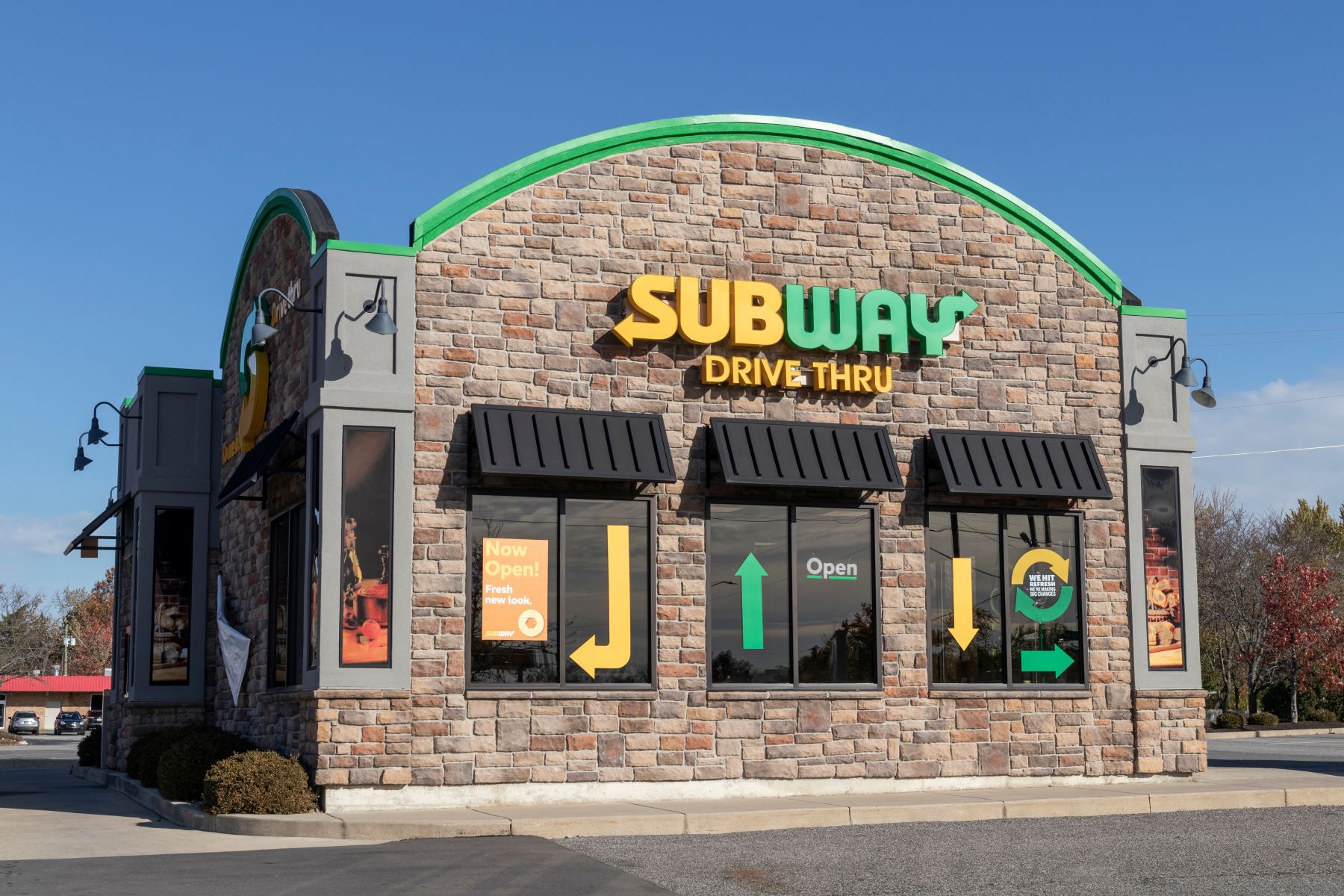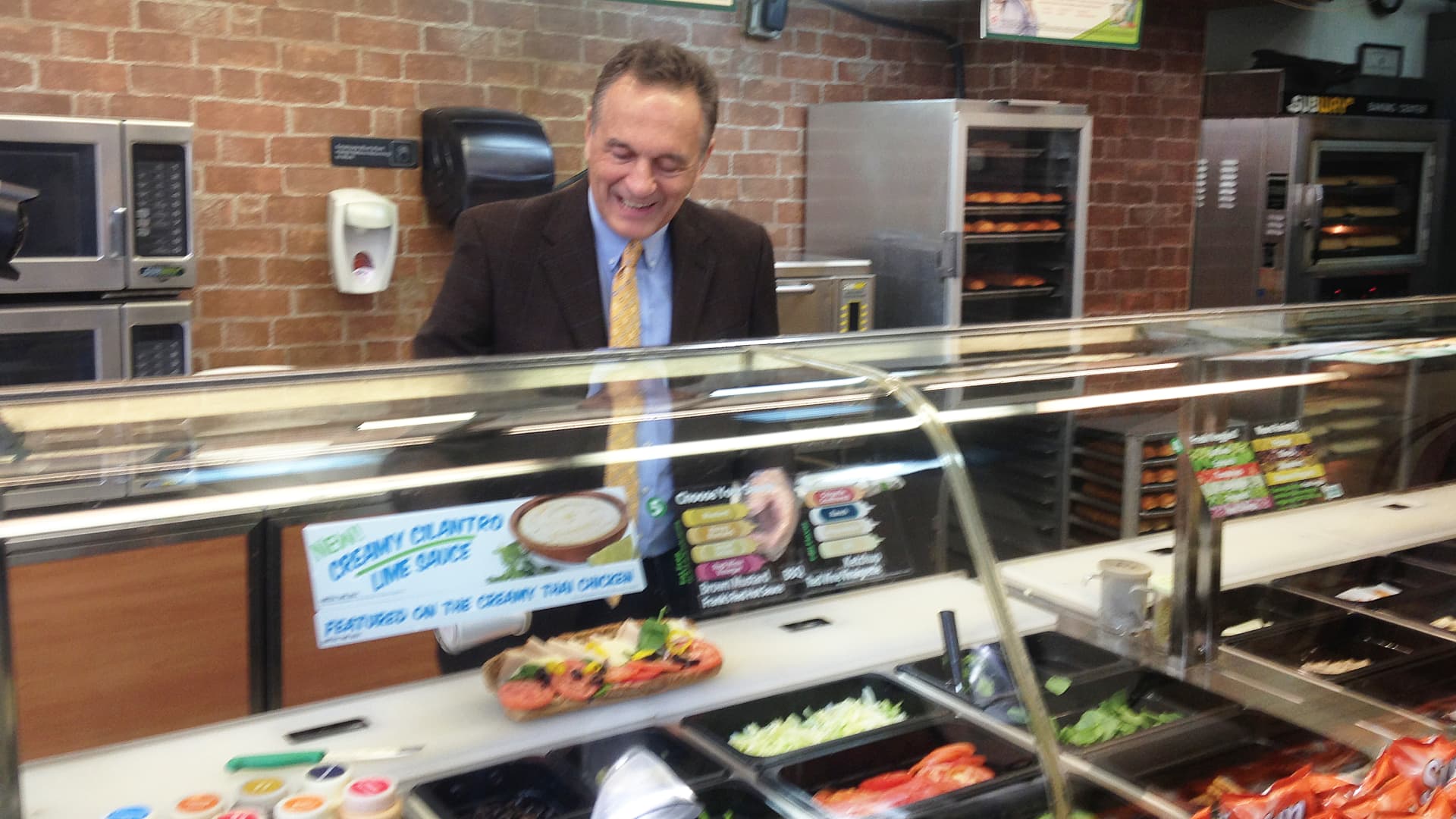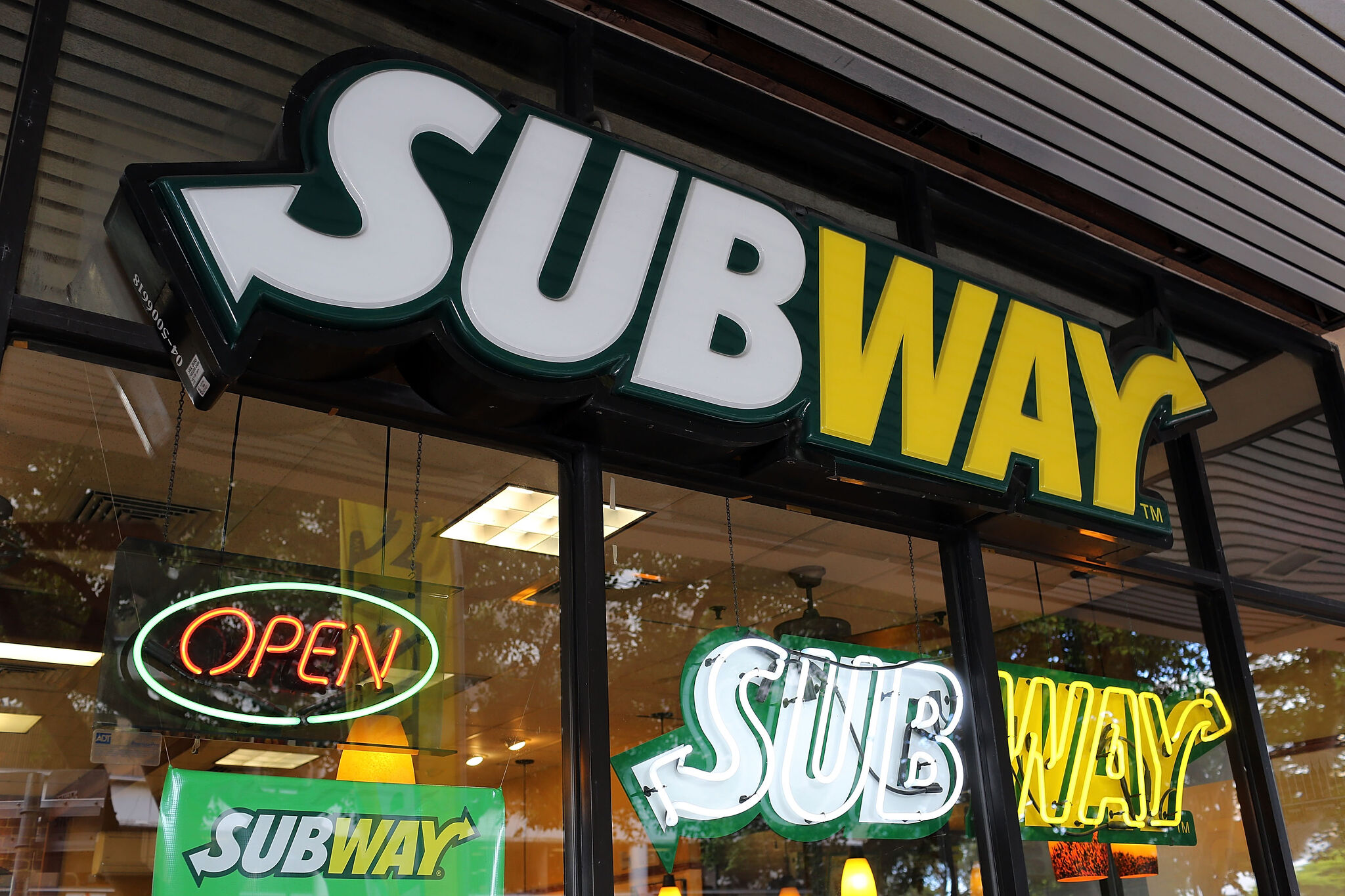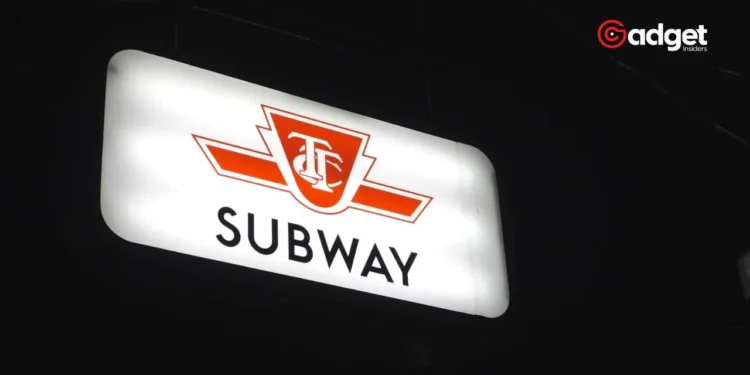Subway, one of America’s most recognizable fast-food chains, experienced a significant shrinkage in its U.S. operations in 2023, reducing its store count to 20,133 from 20,576 the previous year. This decline surpassed expectations set by CEO John Chidsey, who, during a Yahoo Conference in November, predicted a lesser contraction of only 100 stores after factoring in new openings and closures.
However, the reality proved more challenging as Subway faced its eighth consecutive year of net store declines since peaking at 27,000 locations in 2015.
The backdrop to this contraction is multifaceted, involving not just operational adjustments but also reacting to increasing labor costs, particularly in California. This state, known for its progressive wage policies, has recently increased the minimum wage for fast-food workers to $20 an hour, up from $16.
This hike represents a significant pressure point for Subway franchisees, where labor costs constitute about 28% of operational expenses.

John Gordon, a restaurant analyst with Pacific Management Consultant Group, suggests that the wage increase is a central factor driving potential future closures, particularly as franchises assess profitability against rising expenses.
Rising Prices and Operational Changes: Subway’s Response to Wage Hikes
Subway’s response to the wage increase has been multifaceted. Some franchisees began adjusting their pricing strategies as early as November last year, with price hikes ranging from 7% to 10% in anticipation of higher labor costs.
This trend mirrors broader changes across the California fast-food landscape, with an average price increase of 7% observed over six months, according to analytics firm Datassential.
Further operational changes are under consideration, with some franchisees contemplating reductions in store hours and even requesting permission to scale back their mandatory 91 hours of operation per week.
These adjustments are essential for maintaining viability, especially since the fast food outlets typically see higher foot traffic during lunch hours with lesser activity in the mornings and late at night.
How California’s minimum-wage law could shrink the Subway sandwich chain to its smallest size in decades https://t.co/7MdJa7xfVb pic.twitter.com/SdKBDPDVQb
— New York Post (@nypost) April 29, 2024
Subway’s Long-Term Strategy Amidst Challenges
Despite the domestic downsizing, Subway’s international expansion has painted a more positive picture, marking the brand’s first global growth since 2016.
A company spokesperson highlighted efforts to optimize the U.S. footprint through strategic, data-driven decisions about location, image, and format. This includes opening new locations and relocating restaurants to maximize guest traffic, as well as closing underperforming ones.

However, not all industry experts are convinced that these measures signify a turnaround. “They are still hemorrhaging stores,” said Gordon, reflecting a sentiment that despite efforts, the brand still faces significant hurdles.
The Broader Industry Context and Subway’s Competitive Landscape
Subway’s challenges occur within a larger industry context where other fast-food giants like McDonald’s and Burger King are also adjusting to the new wage regulations in California.
These chains are exploring various strategies, including reducing hours, delaying renovations, and introducing more self-service options to counteract the wage increases.

Moreover, with Starbucks and McDonald’s closing the gap in store numbers, Subway’s position as a leading chain is increasingly under threat.
The ongoing adjustments and strategic shifts within these major players highlight a broader trend of adaptation in the fast-food industry facing rising operational costs and changing consumer expectations.
Subway’s Path Forward Amidst Rising Challenges
As the fast food brand navigates through these turbulent times, the path forward involves a delicate balance of managing costs, optimizing operational hours, and strategically expanding or contracting its store footprint.
With the additional backdrop of potential regulatory challenges to ownership changes, as seen in the scrutiny over the Roark Capital deal, Subway’s journey ahead will require resilience and strategic foresight to maintain its place in the competitive fast-food market.










